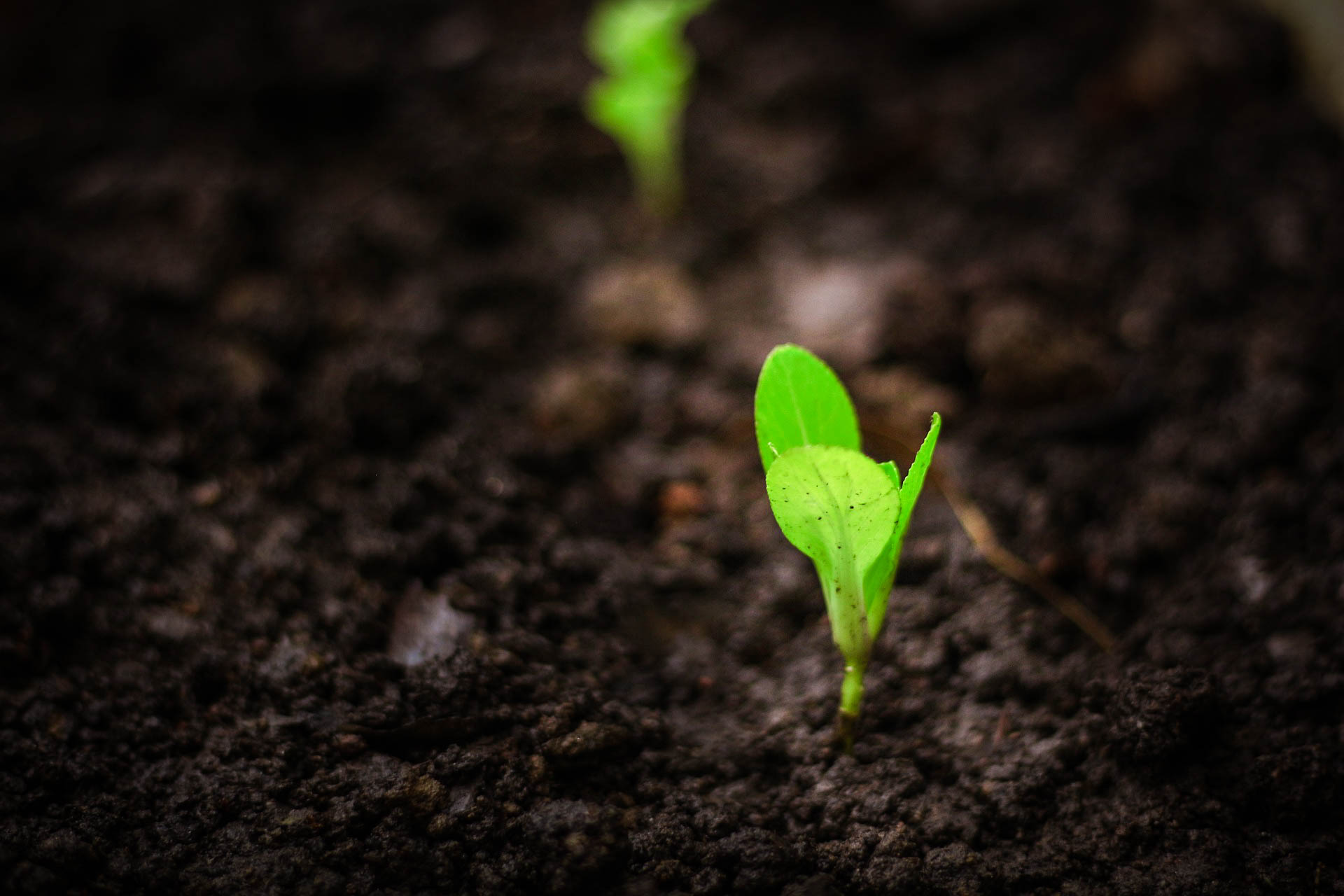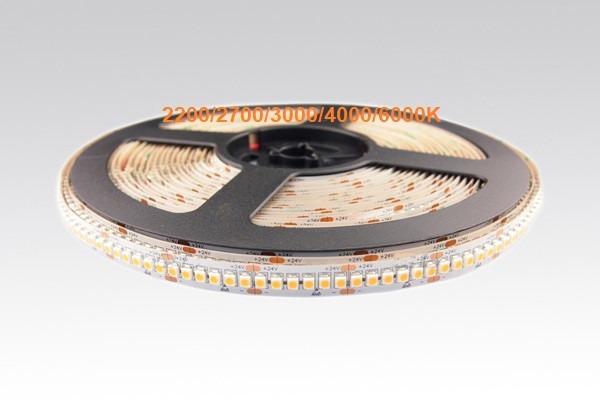Have you always wanted to grow indoor plants? Planning to finally go ahead with your plans to build an indoor garden? Want to grow rare species that simply can’t grow in your local environment naturally? Already have an indoor garden with HMP and HM lights and you want to find a better alternative?
If your answer is yes to any of these questions, then you absolutely need to learn more about LED grow strips. They’re an increasingly popular option used by both full-time gardeners and enthusiasts.
In this article, we’ll over why precisely is LED such an obvious choice for people who want to grow plants indoors and all the ways you can imply it to grow your plants today. Read on and find out!
Advantages of Using LED Strip Grow Lights
LED strip lights have essentially replaced all other solutions for indoor plant growth, and this is because of the excellent range of advantages they provide. Advantages that neither hobbyist projects nor industrial-scale projects can do without.
- Energy efficiency: LED grow light strips use substantially less energy compared to traditional lighting systems such as HPS and MH lights. This means that LED grow light strips are not only cost-effective but also lower your energy bills.
- Spectrum control: LED lights allow growers to customize the light spectrum according to the needs of their plants. This is because LED strip lights can produce a wide range of wavelengths of light that are optimal for plant growth and development. This includes blue light (400-500 nm), which is important for vegetative growth, and red light (600-700 nm), which is important for flowering and fruiting. Some LED full spectrum lighting also includes UV and IR lights, which have benefits for certain plant species.
- Long lifespan: LEDs have a longer lifespan compared to traditional lighting systems, such as HPS or MH lights. This means that they require less frequent replacement and maintenance. LED strip lights can last up to 50,000 hours, making them an excellent option for those who want a no-fuss indoor garden.
- Heat reduction: LEDs produce less heat compared to traditional lighting systems. This means that they can be placed closer to plants without risking heat damage. It also reduces the need for additional cooling equipment, which was previously necessary for temp-sensitive plants.
- Environmentally friendly: Grow light strips are free of toxic substances like mercury, which can harm the environment when disposed of improperly. They are also recyclable, which further reduces their environmental impact.
Ways to Use LED Grow Light Strips to Grow Plants
Grow light strips are more compact and lightweight compared to traditional lighting systems. This makes them highly versatile, used both in small and large spaces, and can be set up in a variety of ways. If, after hearing all its advantages, you’re wondering how you can use grow light strips to grow plants indoors, this section is for you. We’ll go over a variety of practical setups you can use with minimal effort.
#1 Ceiling Mounted LEDs
Ceiling-mounted LED strip lights are a popular choice for indoor plant cultivation. These lights are hung from the ceiling and provide overhead lighting for your plants. One of the primary advantages of ceiling-mounted LED grow lights is their energy efficiency. LEDs are known to use less energy compared to other types of lighting systems, but even compared to other LED setups, LEDs mounted on the ceiling are in an optimal position to offer lighting to the entire space, which means you need to use fewer strips.
#2 Rack-Mounted LED Lighting
Rack-mounted LED grows lights are another popular choice for indoor plant cultivation. These lights are mounted on a rack system, providing vertical lighting for your plants.
Rack-mounted LEDs offer a range of advantages that make them preferable over the other options:
- Space saving: By providing vertical lighting, they allow growers to maximize their growing space. This is especially useful for smaller spaces.
- Light penetration: vertical lighting provided by rack-mounted lights can penetrate deeper into the canopy of your plants, resulting in more efficient use of light and increased yields.
- Flexibility: While, like ceiling-mounted lights, they can be adjusted to different heights to provide different light intensities for different stages of a plant’s growth. LEDs on each individual rack can also be adjusted as needed, which offers even greater flexibility in terms of positioning and coverage. If you’re growing more than one light-sensitive plant, rack-mounted LEDs will be the way to go as you adjust the intensity of the light fixture for each plant.
#3 Mobile LED Lights
Mobile LED grow lights, as their name suggests, are mobile and not fixed to any specific fixture. These lights are mounted on wheels or a movable stand, which means they can be moved around the planting space as you desire.
The main advantage of mobile LEDs is their flexibility. Unlike ceiling-mounted or rack-mounted lights, mobile lights can be easily moved around. This allows growers to customize their lighting setup based on the needs of their plants. For example, if a certain area of the plant canopy requires more light, you can easily move the mobile light to that area.
#4 Supplemental LED Lighting
Supplemental LEDs are a type of lighting system used in addition to natural sunlight or other primary light sources. These lights provide additional light to indoor plants, promoting growth and development where other sources of light are insufficient. A full spectrum light supplementing natural sunlight can induce impressive growth in a variety of plants.




